How to Make a Fitness Application: Types, Key Features, Monetization Models and Cost
Fitness app downloads broke many records in 2020 and show equally impressive numbers this year. The market is booming. It’s getting more diverse and vibrant as new business models and advancements in sports technology emerge.
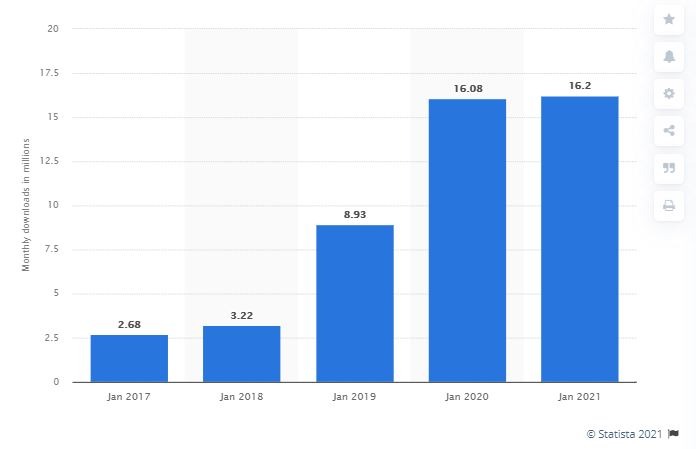
Growth of fitness app downloads. Image credit: Statista
Сompetition is fierce too. Tens of thousands of new apps are being launched yearly, yet most of them fade off. To learn how to make a fitness app that won’t get lost in this crowd, you need to develop a good understanding of fitness apps types and features, monetization models, roll-out strategies and costs. We have put together this guide to help you with that.
Thanks to rapidly growing technologies across wearables, IoT and AI, the fitness app market has evolved dramatically in the last couple of years. A simple fitness tracker app or nutrition apps give way to feature-rich applications able to connect to smart sports gear, tap into advanced smartphone perks and integrate with large-scale health systems.
According to Statista, monthly in-app revenue from major apps in the U.S. — MyFitnessPal, Weight Watchers, Fitbit, Strava, Peloton, etc. — reaches millions of U.S. dollars.
Here are several categories that make a major part of the fitness app market today.
On-demand workout applications
On-demand workout and fitness apps are a huge category of applications that provide thousands of different routines and workout sequences for all types of goals. They support self-paced programs and usually offer features for progress tracking and useful content such as routine walk-throughs and instructions. Sweat is one of the top apps in this category.
Personal trainer apps
This category has been gaining massive popularity recently thanks to the increasing availability of high-quality video conferencing and streaming tools. Essentially, it is built around the instructor-lead model and is very diverse. There are personal coach apps to train with a coach remotely, group live-streaming workouts, even chatbots as smart fitness coaches.
Learn how to create a killer workout app in the Case Study: Uber-like Yoga and Wellness Apps
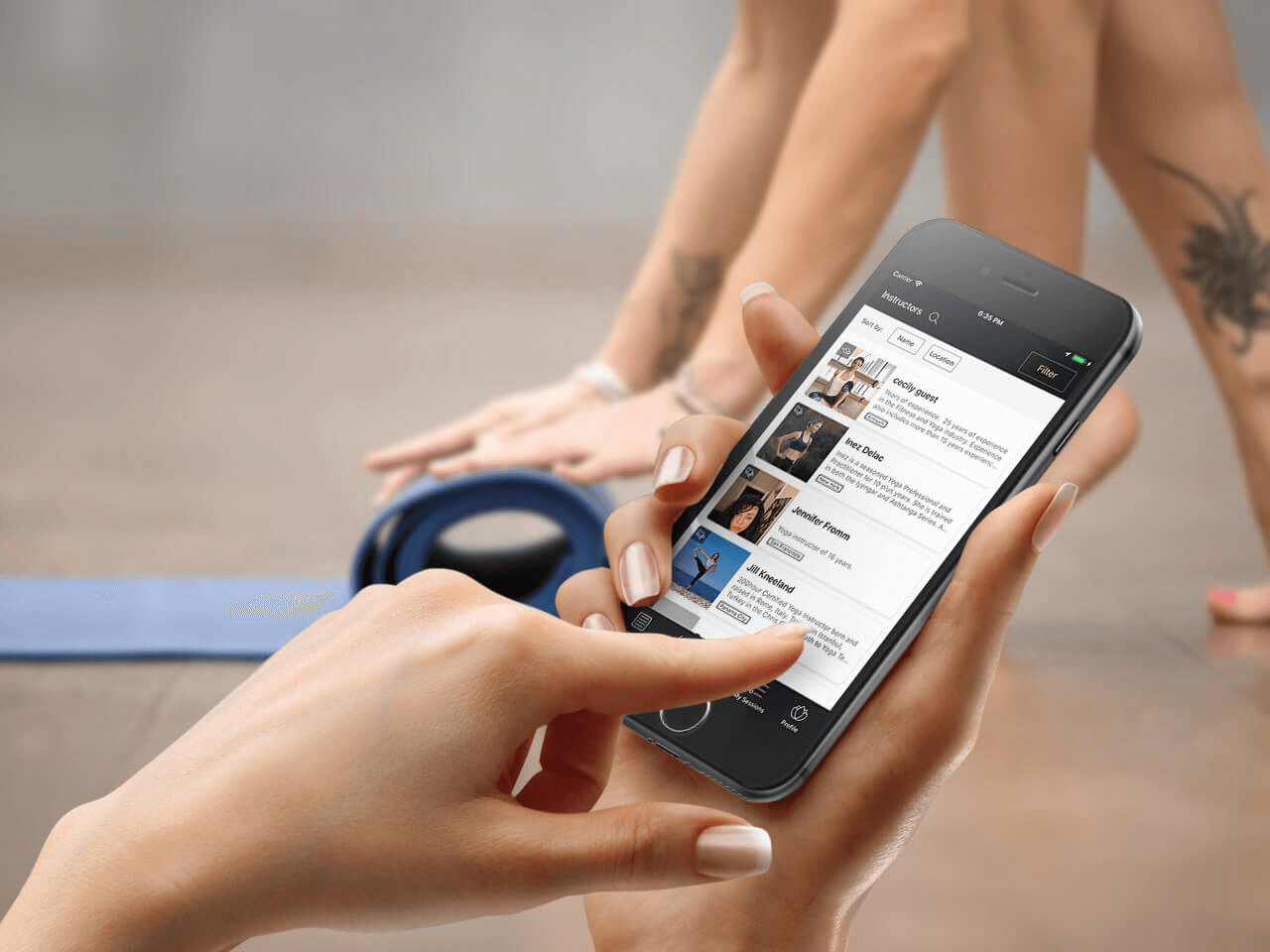
Apps for a specific sport or style
People choose different types of activities and workout styles to keep fit and healthy. There is a large category of fitness and wellness apps focused on one specific type of sport or physical activity, such as running, cycling, swimming, etc. As a rule, these apps also have a bunch of specific features and functionality such as automatic rout-building for outdoor runners and integration with wearables to track open-water drills for swimmers like in a MySwimPro app.
Companion apps for connected sports gear and wearables
Last but not least category is companion apps for connected sports gear or wearables such as smart cycling glasses, treadmills and even fitness mirrors. Peloton app for world-famous treads and bikes is just one example among many. Apart from guided workouts with the gear and progress tracking, these apps have many other useful features such as wellness content, diet recommendations and video calls with a coach.
Login and profile
Login and profile are essential fitness app features. Before starting their mobile fitness experience, users set up a profile and fill in basic data (e.g. age, weight, goals, etc.) or have it prefilled automatically by syncing with other health and activity apps. This information is then used to show progress and better personalize in-app content and recommendations.
Tracking and monitoring
Tracking is another important feature. It can be as simple as tracking weight loss or calorie intake or more complex activity and progress monitoring based on location, type of activity and set goals. Modern data analytics and visualization tools are widely used to build these features fast and cost-effectively.
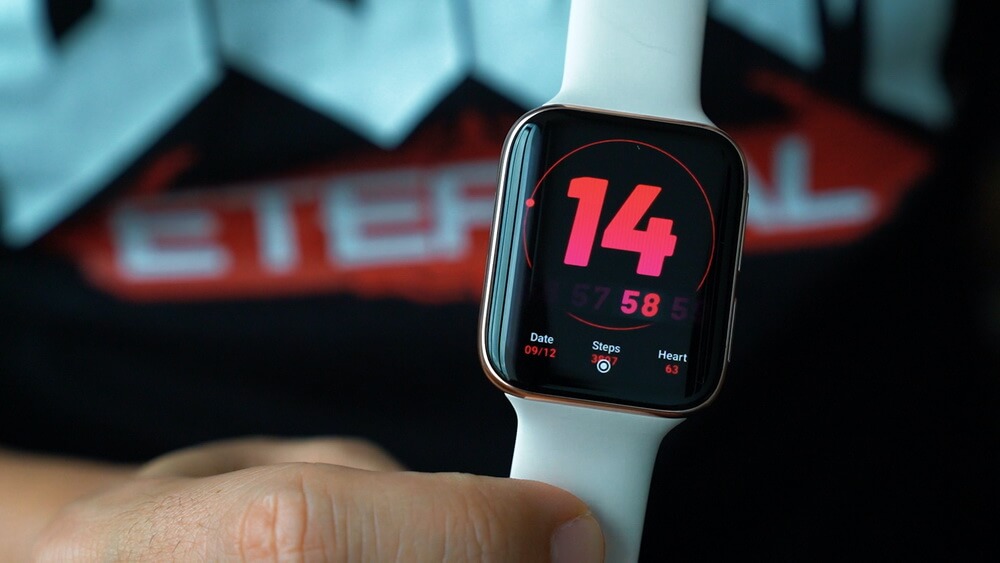
Video and audio content
Many fitness apps provide routines, programs, educational and similar video or audio content for self-paced or guided training and wellness experience. These features take different forms — libraries, content feeds, daily recommendations, weekly plans, groups (cardio, stretch, core conditioning, etc.) and combos (outdoor/indoor running routines) — and often can be customized based on user preferences.
Calendar and schedule
In-app calendars, online schedules and reminders are frequently used in mobile apps for personal coaching and live group sessions attended on schedule.
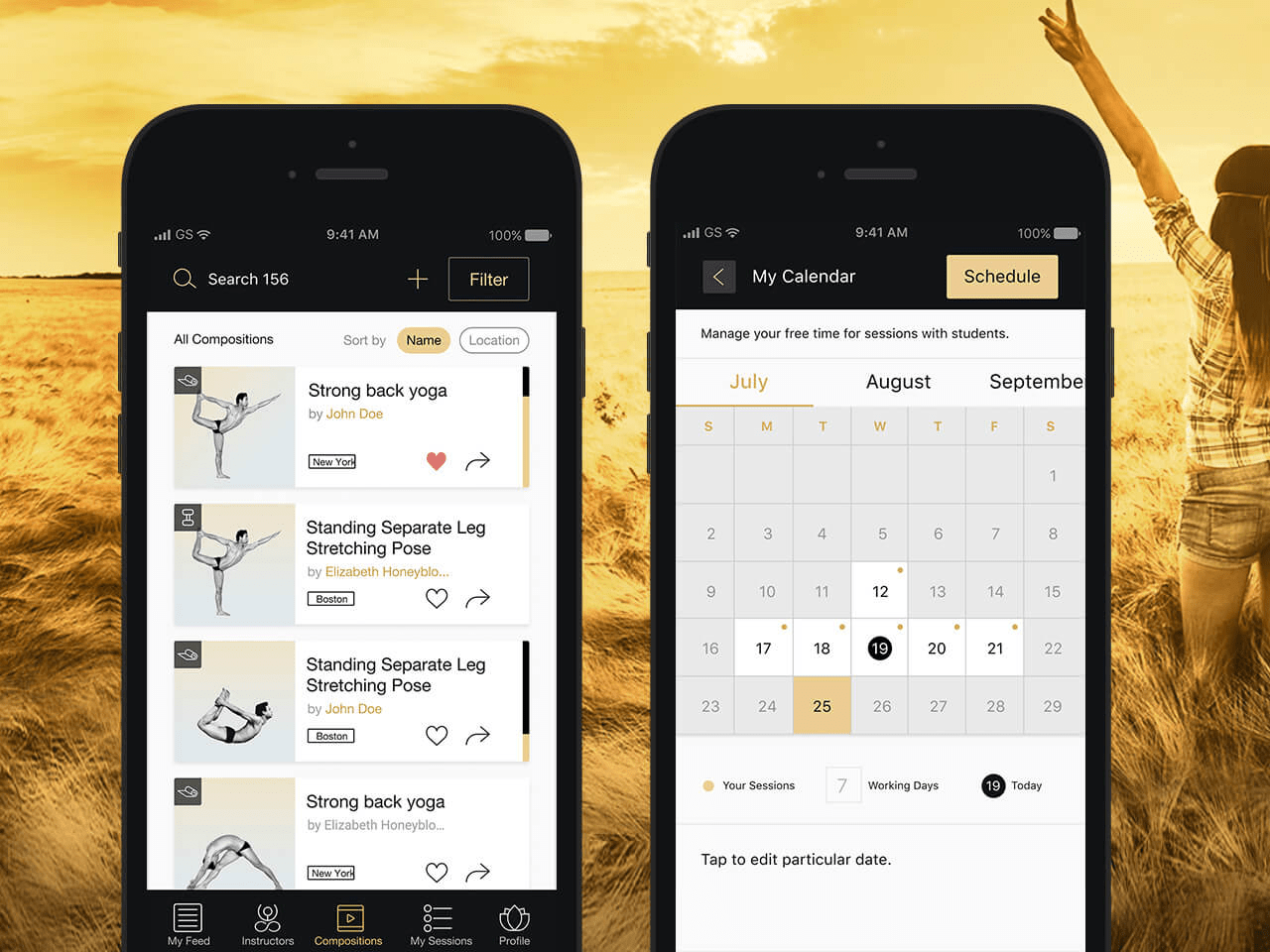
Integrations
Integration with third-party services, other applications and connected devices help create a seamless user experience and enrich fitness apps with new functionality and perks. Depending on their types, apps are integrated with wearables (Apple Watch, Fitbit) and smart sports gear (Peloton, Mirror) for advanced tracking and immersive workout experience, other health (HealthKit) or fitness (Strava) apps, streaming services and smart TV (Apple TV, Chromecast) as well as an array of other tools for geo and health tracking.
Looking for experienced fitness app developers to help you build and launch your application? Let’s talk!
Contact Digiteum
Messaging and video communication
These features are the core of personal trainer apps that require direct communication between coaches and users. Additionally, in-app messengers are widely used in applications with a strong social component (competitions, group training, team sessions).
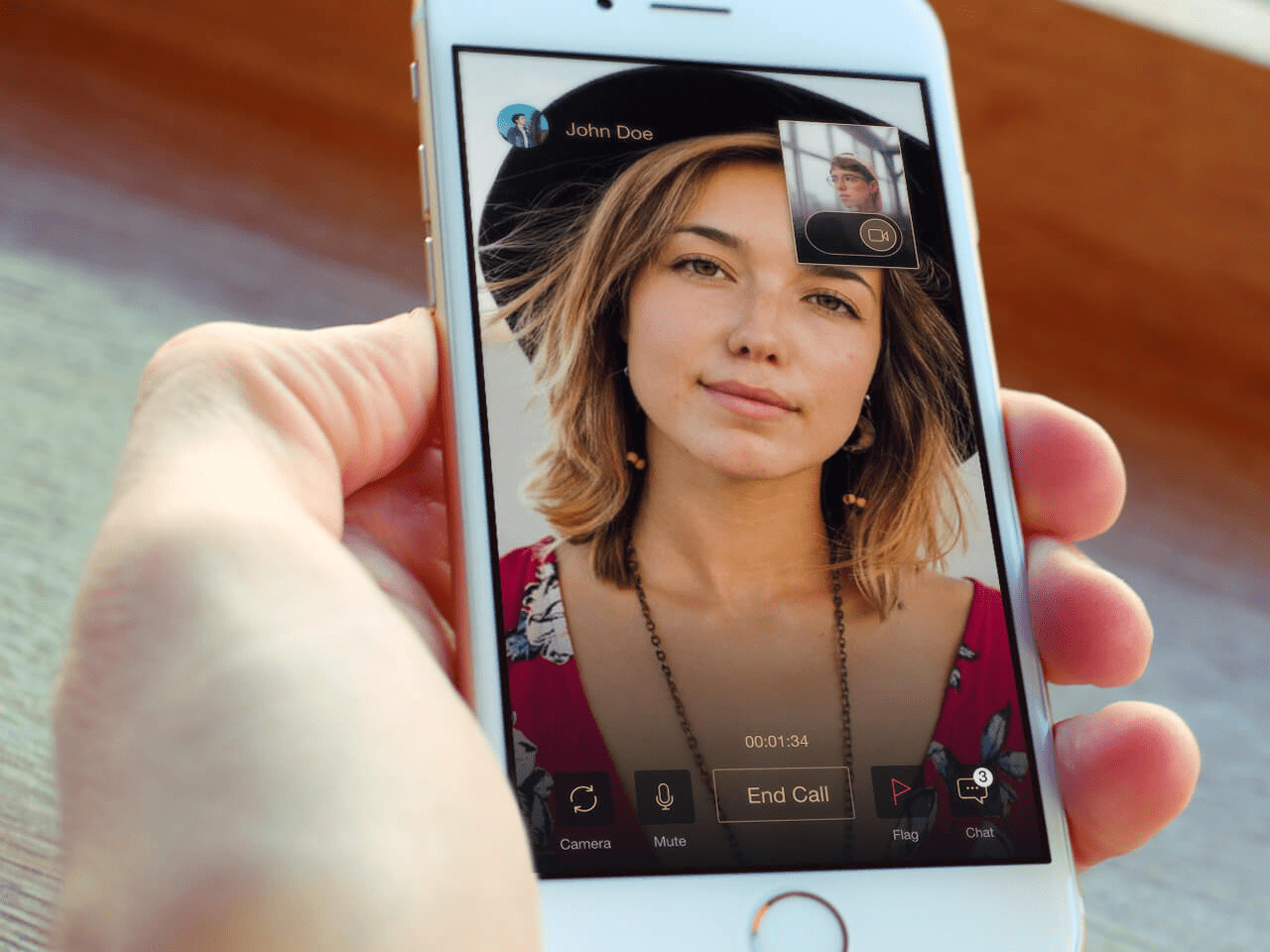
Social features
Other social features such as social media sharing, invitations and referrals are often used to boost motivation and attract new users.
Gamified features
Gamification is a popular motivation, engagement and retainment strategy extensively used in the fitness and sports applications. You can find leaderboards, rewards, progress tracking charts and many other gamified features in nearly every major fitness application in the market today.
Here’s a brief outline of how to create a fitness app.
1. Concept
Gather fitness app ideas and create a high-level concept of your product. Who will be using your app and how? What market do you want to focus on? How will you monetize your app? You will need to answer these and many other questions and explain your ideas to your product and development team before the research and analysis step.
2. Business analysis
BA is one of the most important steps in software development. It includes requirements gathering, market, audience and competition research, domain and trend analysis as well as detailed research on business and technical aspects of the project. By the end of this step, you will have a detailed project roadmap and know how and when your app will be developed.
3. Design
Using the insights collected during the previous steps, the design team creates user experience and graphic interface. Finished UI shows every screen and element in your app from onboarding to pop-ups and notifications. Powerful design tools like Marvel or InVision turn your design into an interactive app prototype.
4. Development and testing
This is the longest part of the mobile app development process. The number of iterations and development time depend on tech stack, features, integrations and team skill set. For example, building a cross-platform app may take up to 70% less time compared to creating two native applications (iOS and Android). Fast and cost-effective, cross-platform development is, however, not a one-stop solution and sometimes doesn’t fit project requirements.
5. Launch
The first version of your mobile application is added to stores. By then, you may also need to have a promoting landing page that describes your app, its features and provides download links.
Fitness app development rarely stops at the first launch. From this moment, you track key usage metrics to see how your application performs and if customers are happy with their experience. Use these insights to learn what needs to be optimized, improved and added to the core functionality.
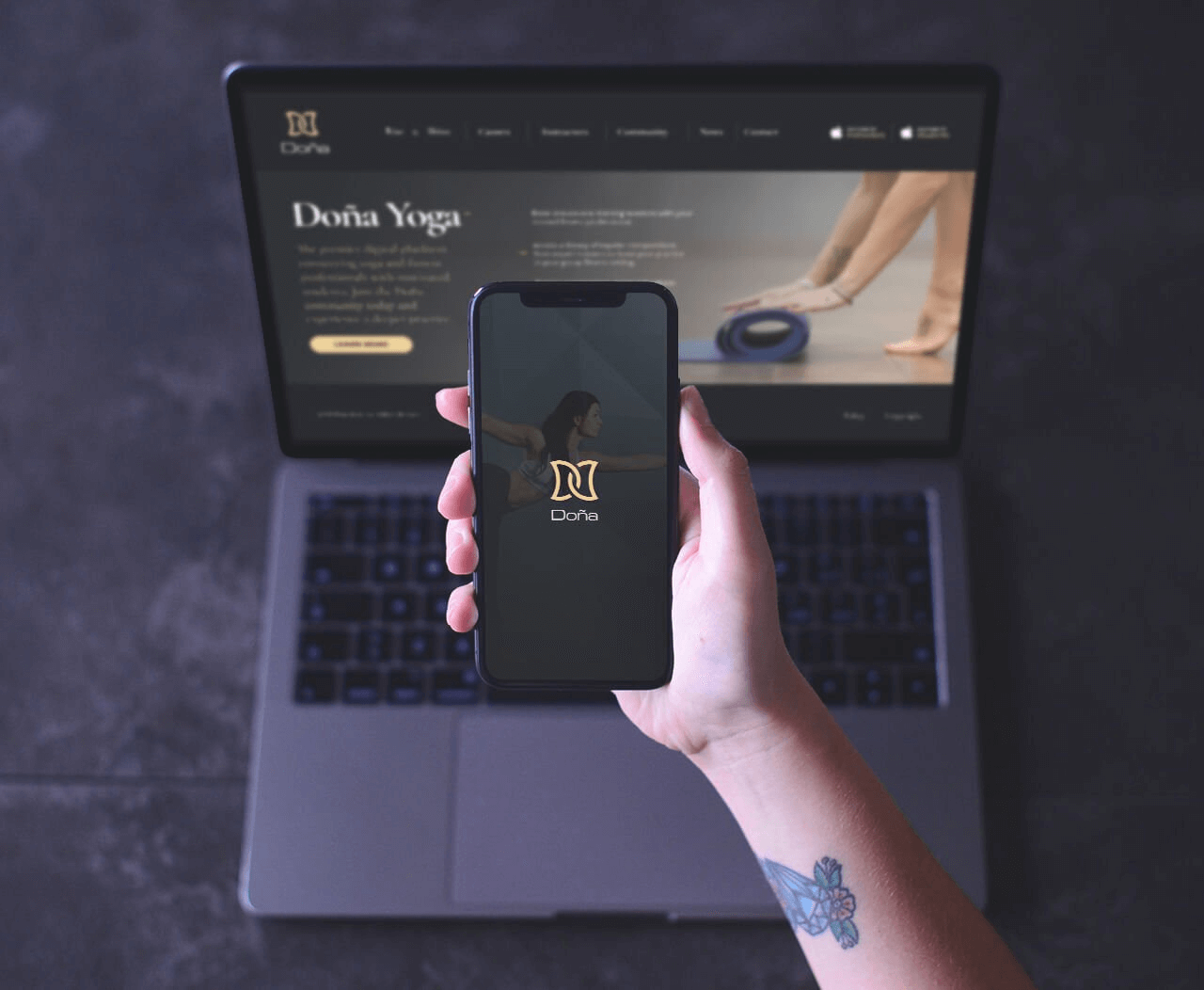
Effective monetization strategy is as important as clever feature prioritization, sleek design and good marketing. We list several popular fitness app monetization techniques to look into for ideas. However, keep in mind that nearly every business has its unique strategy and often combines several models.
- Pay once and use it for a lifetime. Perhaps the most straightforward model that implies that users pay a small fee for downloading an app and then use it indefinitely.
- Monthly/yearly subscriptions. Another popular monetization model. Publishers provide a free trial option and then offer users to buy a subscription to use key features or app in general.
- Pay for premium features. Fitness application is free to use but offers premium features such as live coach training, personalization or exclusive content, for a one-time payment or on a subscription basis.
- In-app purchases and ads. Many publishers use their apps as ad platforms and help sell or promote sports gear, gym subscriptions or upsell fitness devices right in the app.
It may take up to 6-12 months to develop a functional and well-performing fitness application. How much does it cost to create a fitness app? It depends. Even a fairly simple app with core functionality may cost around $60k, while the price of a feature-rich application with multiple integrations and custom services may go way over $100k.
How to develop a fitness application cost-effectively? Let’s find out.
MVP and effective feature prioritization
Effective MVP strategy and smart feature prioritization will help you optimize cost throughout the whole development lifecycle. Product and development team uses different prioritization and requirements management techniques to make sure the right set of features gets to the MVP, your product evolves in line with your business objectives and you don’t have to spend money on developing unnecessary functionality.
Third-party tools and integrations
Many features in your list of essentials have already been developed before and can be added to your application using libraries and API integrations. Today, there’s no need to reinvent calendars, video streaming and messaging, data visualization and other functionality. Using third-party tools and integrations, you can significantly speed up your fitness app development.
Tech team augmentation
Don’t have the necessary tech skill or competence in-house? Tech team augmentation is one of the most efficient and financially viable ways to quickly ramp up your team and make sure you can deliver your app on time. Check our tech team augmentation guide to learn how to get the best of this strategy.
Get a free estimate for building a fitness application from our experts.
If you are currently working on a wellness, fitness or other physical activity app idea and looking for an experienced and reliable remote team to help you bring it to life, you are in the right place. Digiteum can work out an actionable plan on how to build a fitness app and help you reach your time to market target.
We have just the right technology and industry expertise. One of our clients, a San Francisco startup, assigned Digiteum to design and develop a mobile platform for yoga and core conditioning instructors and students. We took on a project from an idea stage and delivered two fully functional mobile iOS applications. The project included:
- Design and development of functional UX and brand-specific UI
- Full-cycle native app development services, testing and launch
- Integration with several third-party services and tools, including Twilio, Stripe and Apple Watch
- Salesforce-based backend development
- Development of scheduling, payment, content feed, profiling, personalization and recommendation features
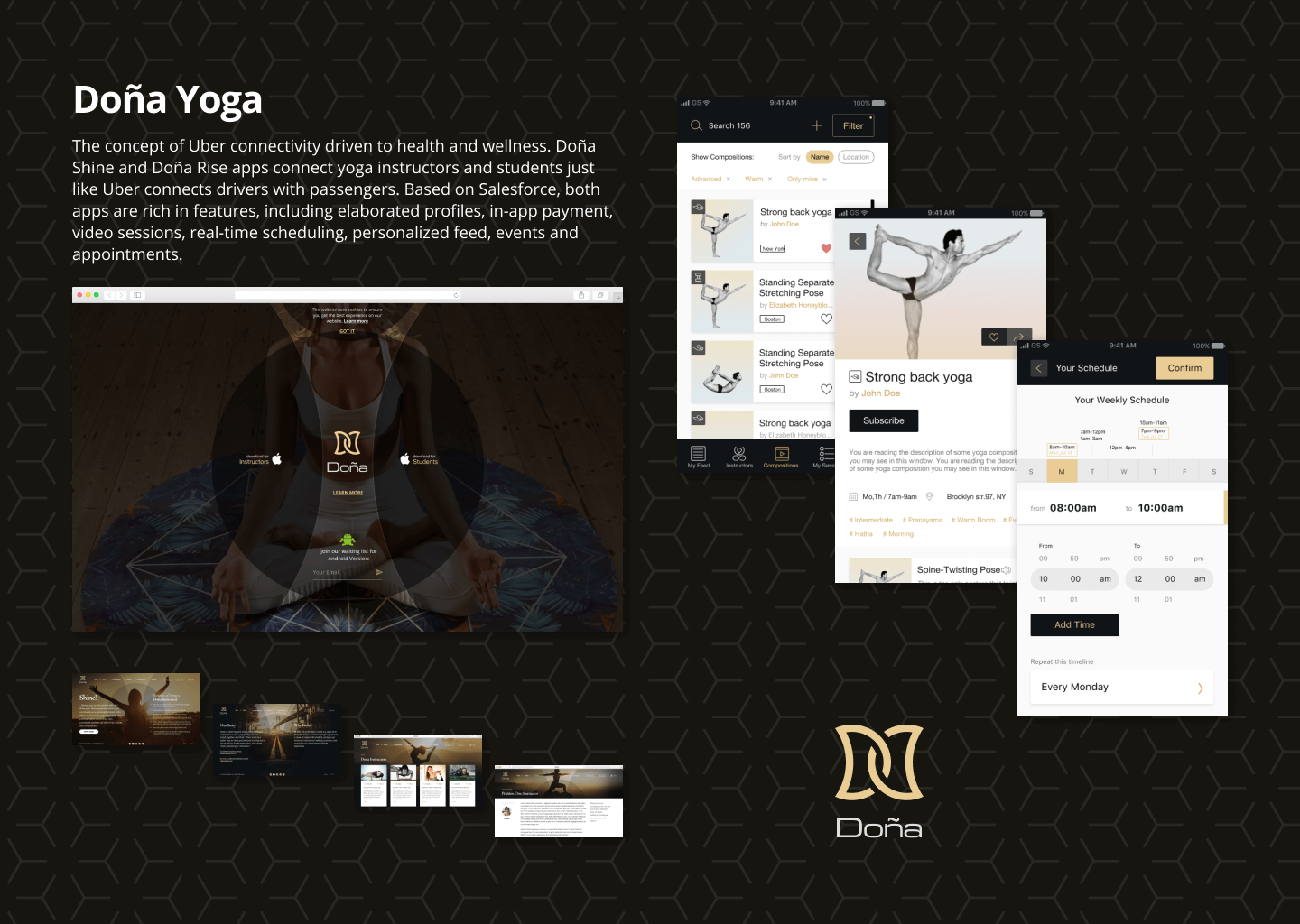
Check our mobile app development services, iOS development services and Android development services to learn about our tech stack and experience and contact our team to start your project.
How can we help?
Conclusion
The market of fitness mobile tools and services shows steady increase in the last several years. Competition is intense, trends and technologies are changing fast too. Today we see growing focus on wellness as a lifestyle approach, developing healthy habits and creating a more immersive and wholesome experience across devices. Businesses that will be able to grasp today’s trends, build user-centric functional digital tools and successfully reach their time-to-market targets will likely get ahead on this race.







